Introduction to Watch Complications

When it comes to the world of horology, the term “watch complications” refers to any feature in a timepiece beyond telling the basic time. These intricate additions often embody a blend of advanced engineering, art, and functionality, transforming traditional watches into remarkable feats of craftsmanship. Understanding watch complications can significantly enhance your appreciation for quality timepieces, whether you are a collector or a casual admirer.
Common Types of Watch Complications
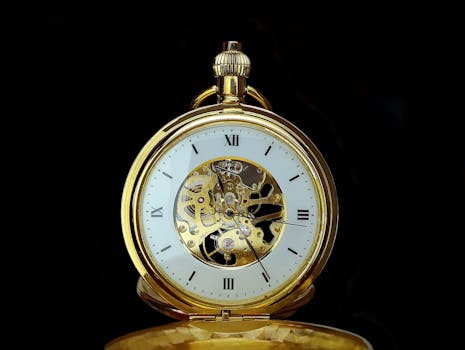
Watch complications can be categorized based on their functionality. Here are some of the most prevalent types:
- Date Complications: These include the date, day of the week, and month indicators, which provide essential calendar functions. A popular example is the Date Wheel, often displayed at three o’clock.
- Chronographs: A chronograph is a stopwatch that allows the wearer to time events. This complication often includes sub-dials for measuring minutes and hours and is recognized by its start/stop pusher functionality.
- Moon Phases: This delightful complication displays the lunar phase, providing a romantic visual representation of moon cycles. It usually requires a recalibration every couple of years to remain accurate.
- Tourbillons: Designed to counteract the effects of gravity on precision, a tourbillon is a complex regulatory device situated in the movement. It aesthetically showcases the inner workings of the watch while enhancing its function.
- Perpetual Calendars: Advanced chronology meets sophistication in this intricate complication. A perpetual calendar indicates not just the day and month but also adjusts automatically for leap years – a feature created for the most precise collectors.
Understanding Why Watch Complications Matter
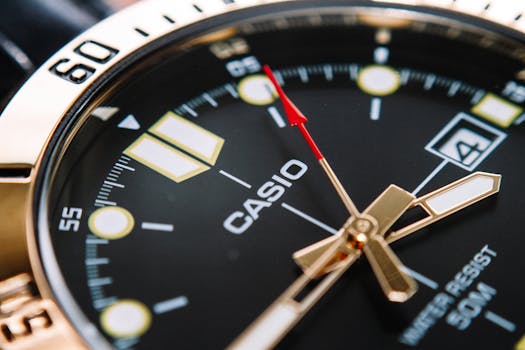
While the primary purpose of a watch is to tell time, complications add immense value and detail. They demonstrate a watchmaker’s expertise and craftsmanship, elevating watches from simple timekeepers to intricate vehicles of creativity and functionality.
In addition, complications often drive various retail price points; a simple time-only watch may serve its purpose, but a timepiece with multiple, finely-tuned complications prominently speaks to earning rarified collector status. Thus, they not only serve a functional role but also enhance the investment potential of luxury watches.
Caring for Watches with Complications
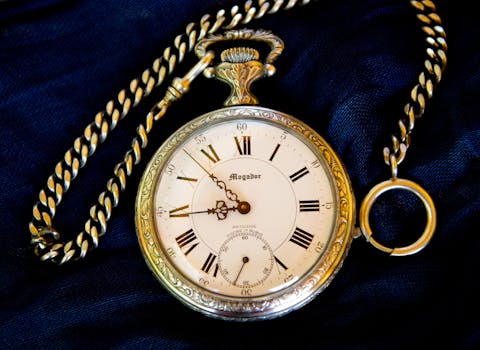
Owning a watch with multiple complications usually necessitates a certain level of commitment in terms of maintenance and care. Regular servicing by a professional is vital to prolonging a timepiece’s longevity and preserving its functionality.
Furthermore, dealing with complications may require relative knowledge individually. Understanding how to correctly adjust and calibrate features will keep the watch functioning accurately. Your watch operator’s manual or engaging with experts will often guide ensuring the complication snaps perfectly into the timepiece’s routine use.
Takeaways
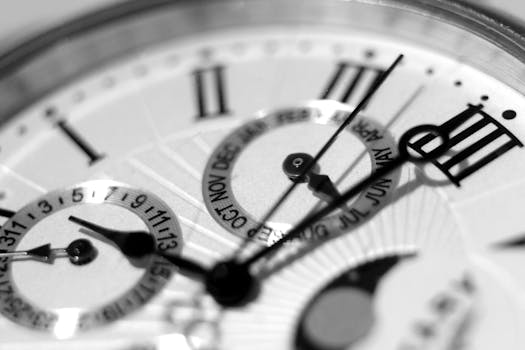
- Watch complications greatly enhance the functionality and artistry of timepieces.
- Understanding the types of complications can inform better purchasing and collecting decisions.
- Regular maintenance and correct operation of watch complications are crucial for their longevity.
Conclusion
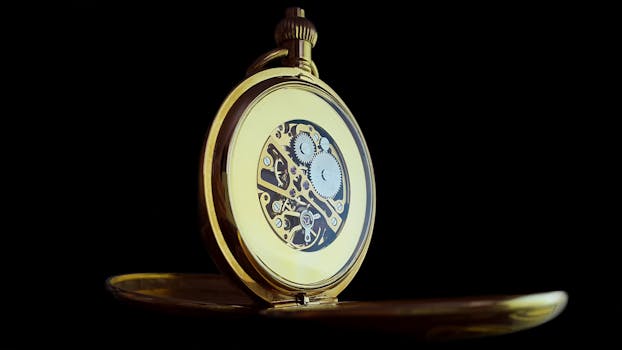
Embarking on a journey to understand watch complications illuminates both their practical and aesthetic importance in horology. Whether you find joy in the accounting tools of chronographs or are captivated by the serene complexity of a perpetual calendar, every complication brings depth to the craft of watchmaking. As you dive deeper into these timekeeping marvels, your appreciation and admiration for the meticulous art of watchmaking will only grow deeper.




